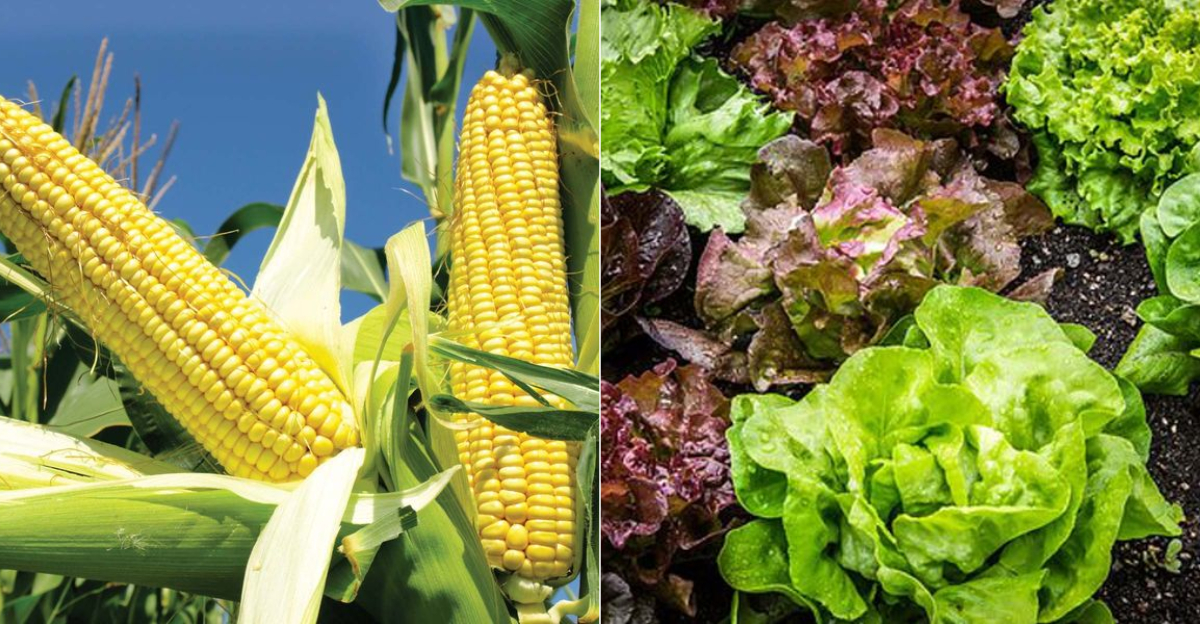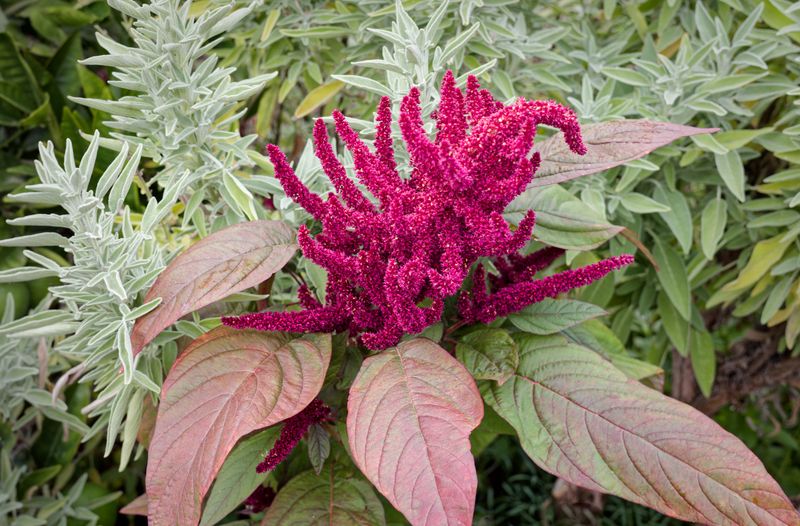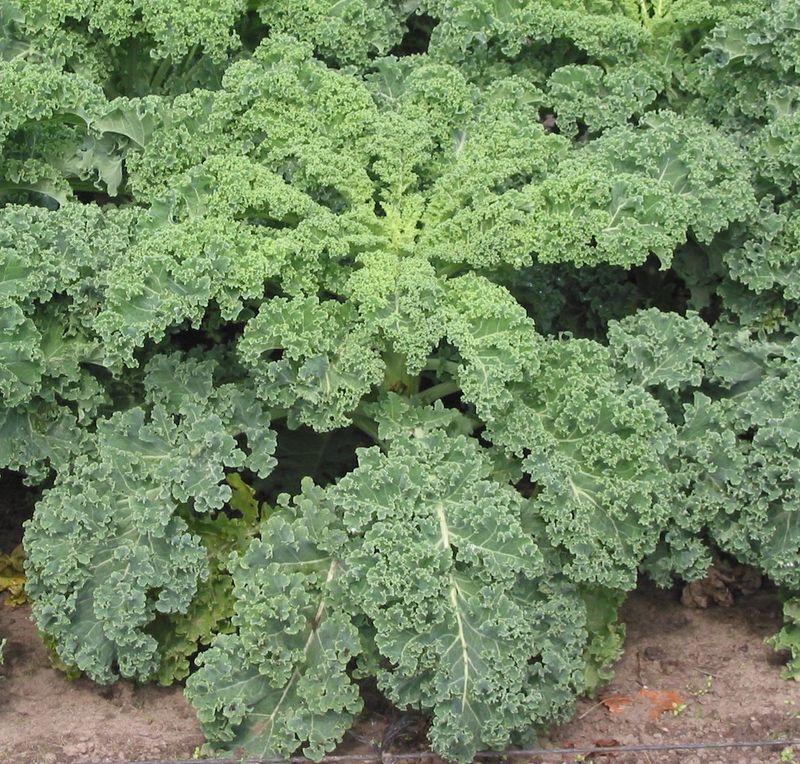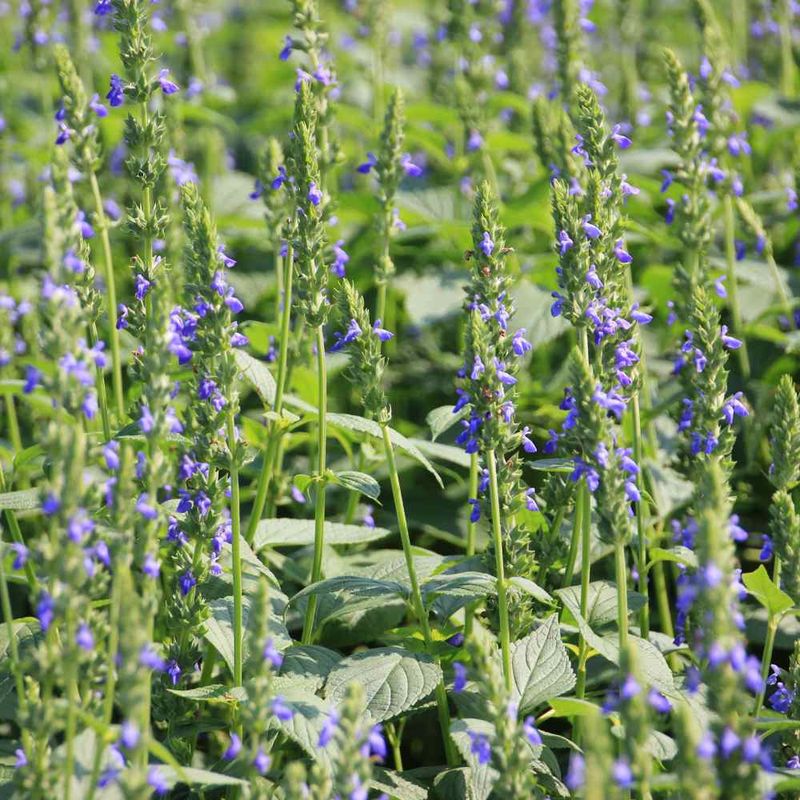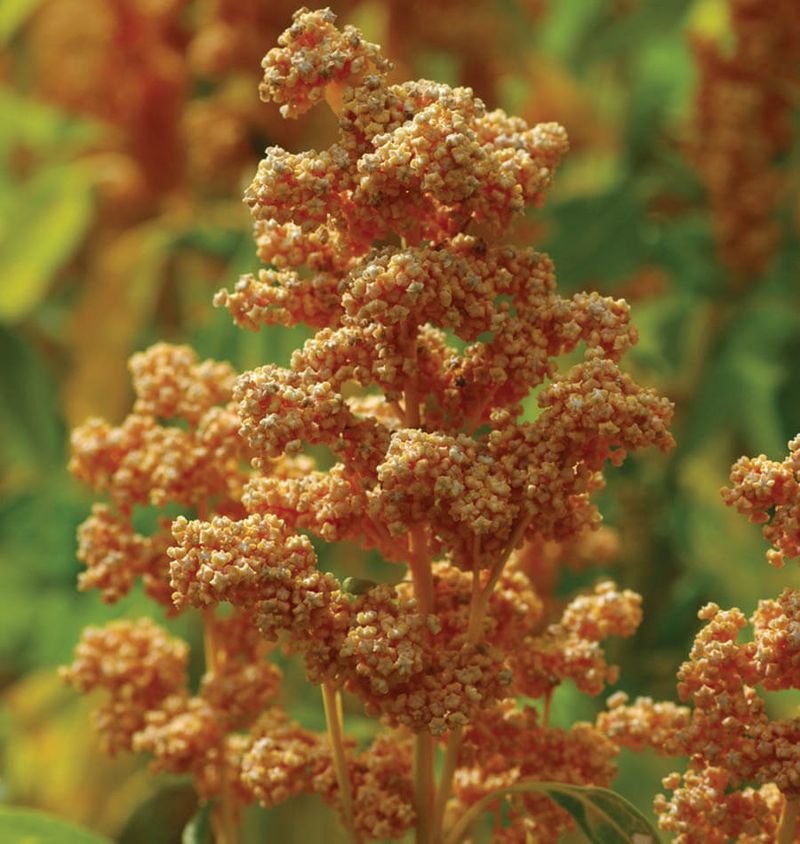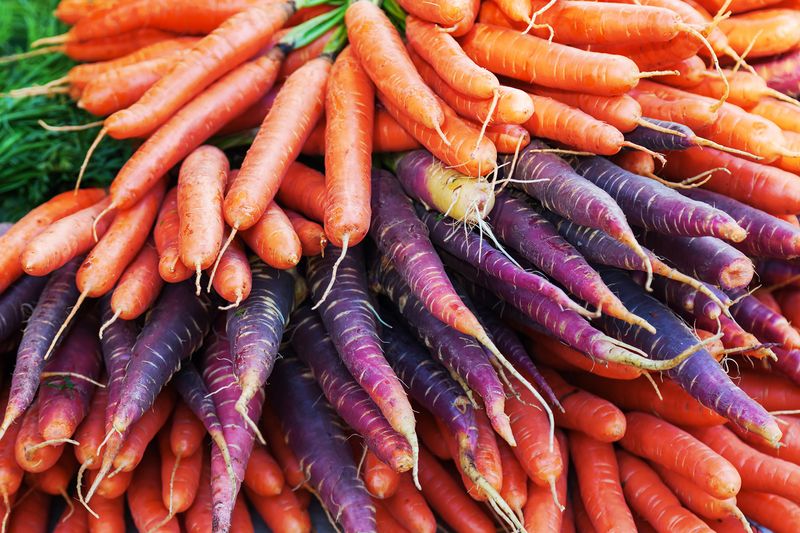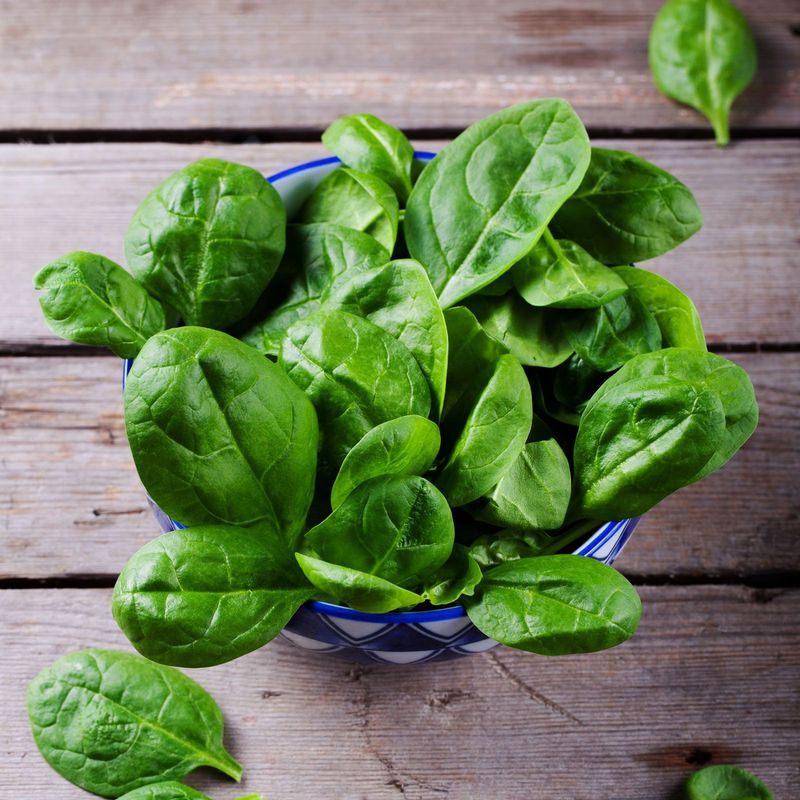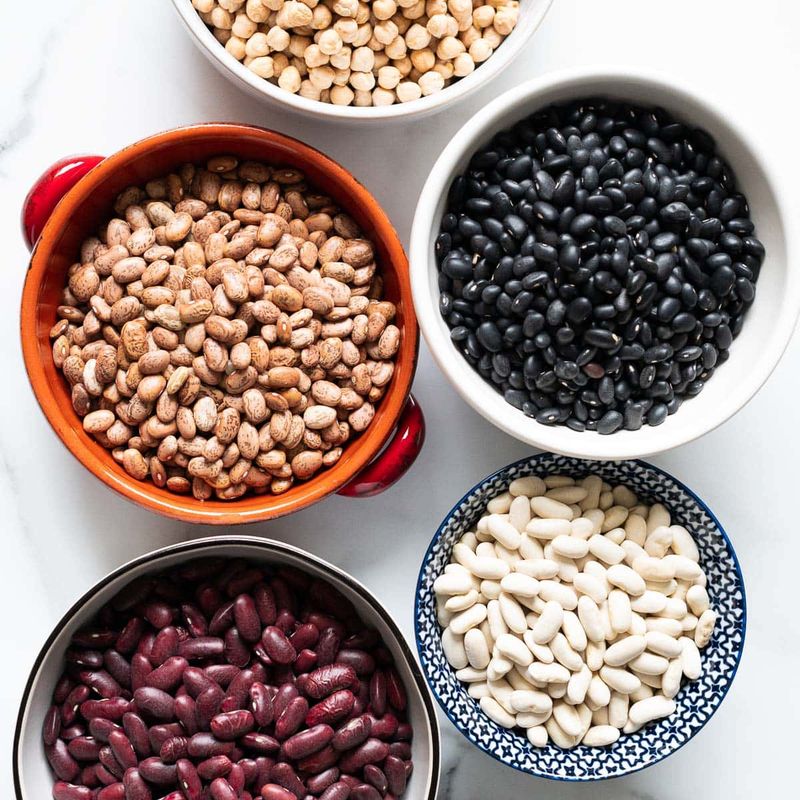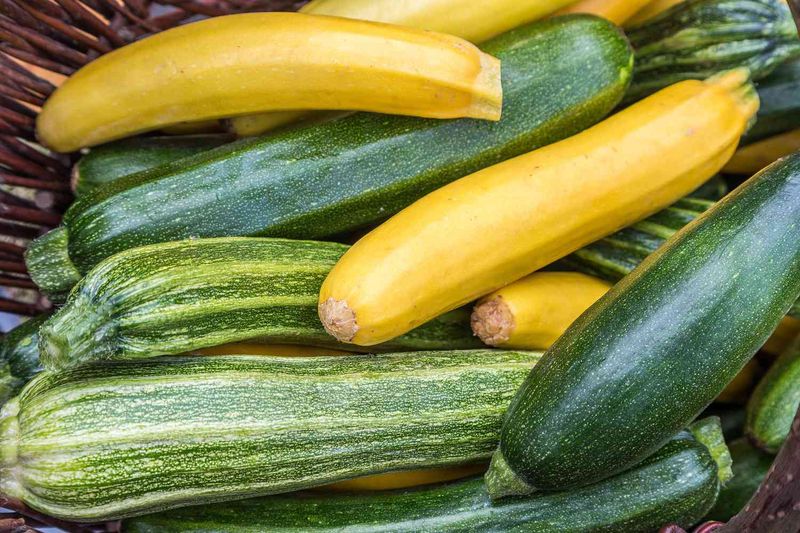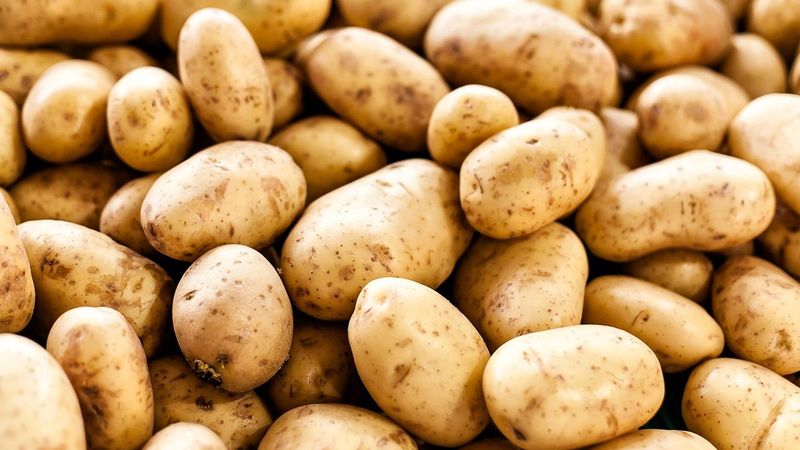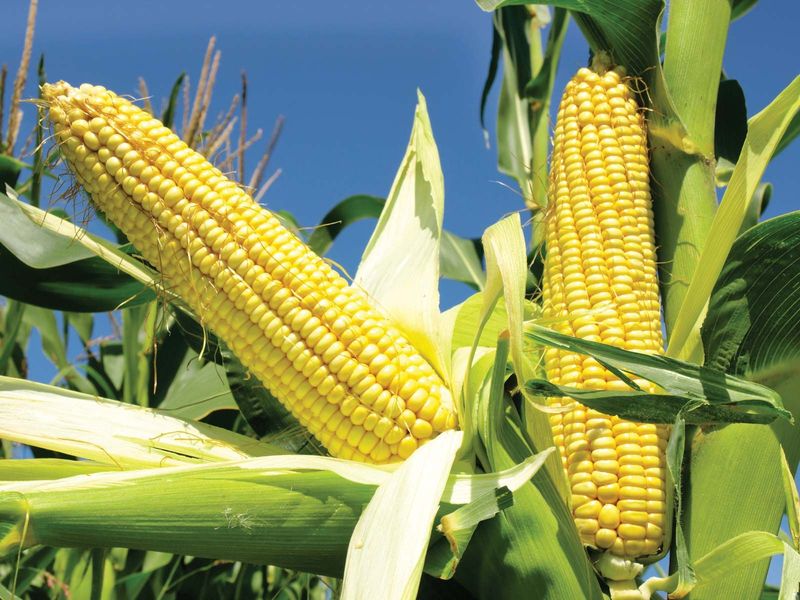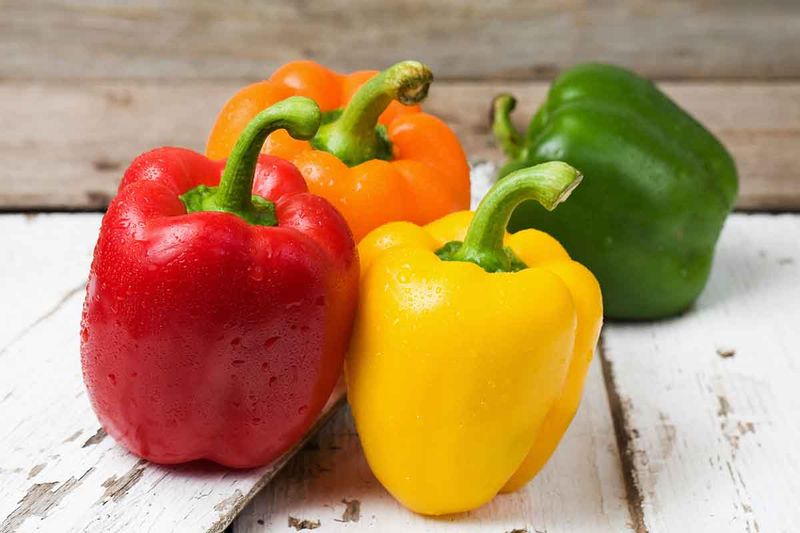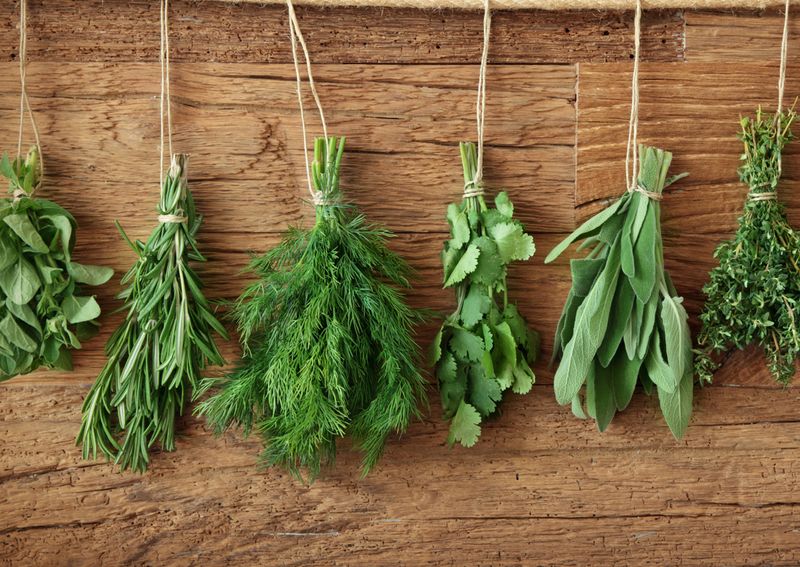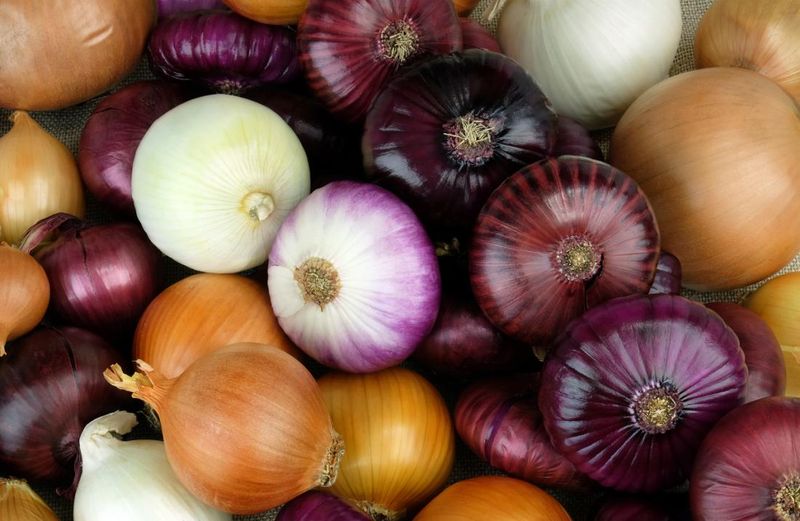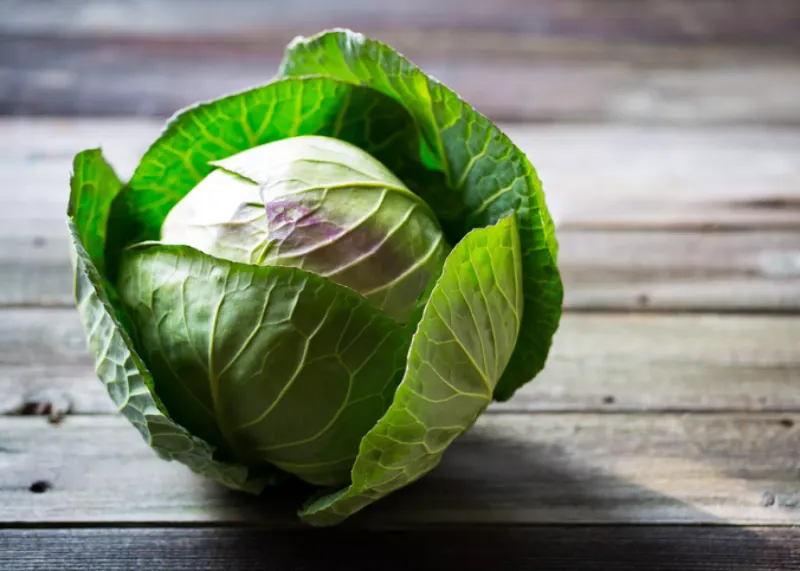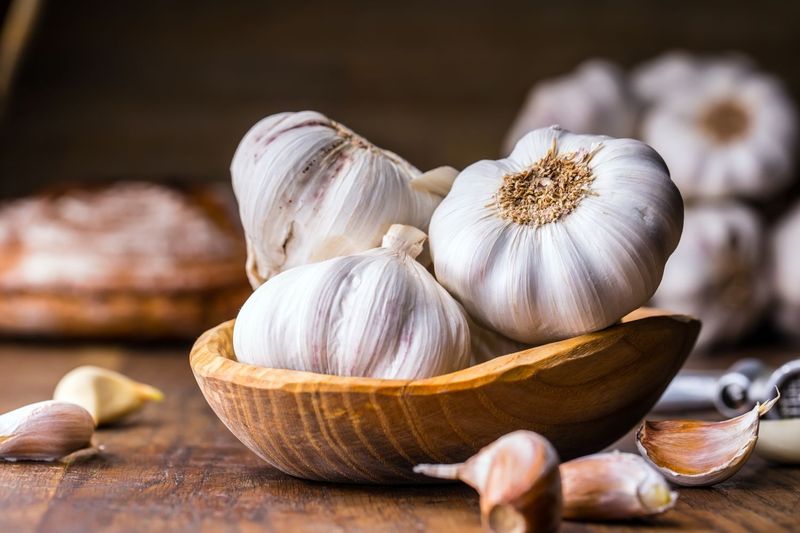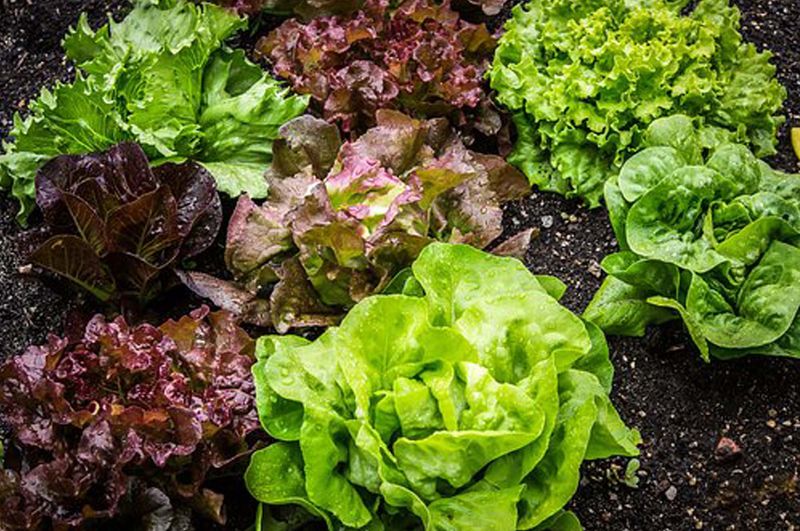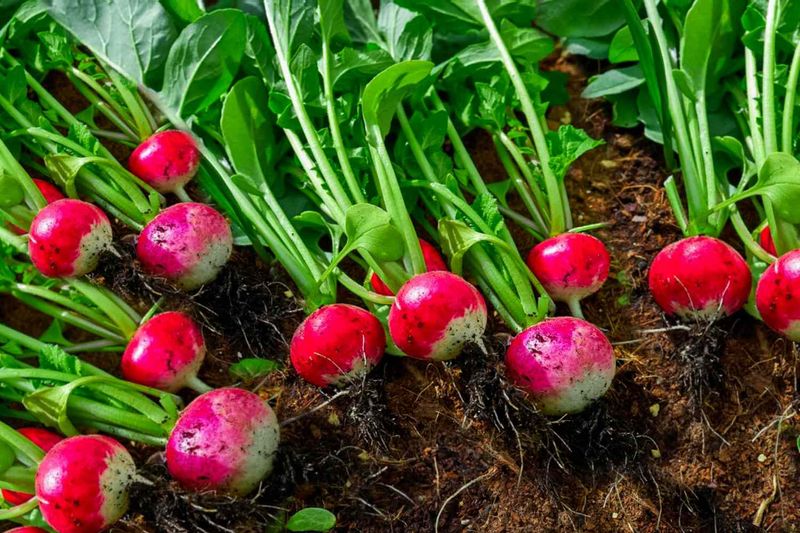In today’s unpredictable world, having a garden of hardy, self-sustaining plants can be a lifeline. Whether you’re aiming for self-sufficiency or preparing for emergencies, choosing the right seeds is crucial.
These plants not only offer nutrition but can also survive harsh conditions, ensuring a stable food source. Here’s a curated list of 18 essential survival seeds that can thrive in various environments and provide sustenance when you need it most.
1. Amaranth
Amaranth is a resilient plant known for its nutritional seeds and leafy greens. Its ability to withstand drought makes it an ideal choice for survival gardens.
The seeds are rich in protein and can be ground into flour, providing a versatile food source. Furthermore, the young leaves can be eaten as a vegetable, adding nutritional variety.
Amaranth germinates quickly and requires minimal care once established, thriving in poor soil conditions.
Its adaptability to different climates ensures it can grow in many environments, making it a valuable addition to any survival garden. Harvesting seeds is straightforward, adding to its appeal.
2. Kale
Kale is a cold-hardy green that remains productive in cooler temperatures, making it an excellent choice for year-round growth.
Packed with vitamins and minerals, it supports a healthy diet and boosts immune function. Kale leaves can be harvested continuously, providing a steady supply of fresh greens.
Its robust nature means it can tolerate poor soil and still produce nutritious leaves. Kale’s versatility in the kitchen, from salads to sautés, makes it a favorite among survivalists.
As a biennial, it can also offer seeds for future planting, ensuring sustainability in your garden.
3. Sunflower
Sunflowers are more than just beautiful; they are a powerhouse of nutrition. Their seeds provide healthy fats and protein, essential for a balanced diet in survival situations.
Sunflowers are easy to grow and can adapt to various soil types, making them ideal for diverse environments.
These plants also offer benefits beyond nutrition, such as attracting pollinators and providing shade for other crops.
Once matured, the seeds are easy to harvest and store, ensuring you have a long-lasting food source. Sunflowers’ tall stature and vibrant blooms can also serve as a natural windbreak in your garden.
4. Chia
Chia seeds are tiny nutritional powerhouses, rich in omega-3 fatty acids, fiber, and protein.
These drought-tolerant plants thrive in dry conditions, making them perfect for survival gardens in arid regions. Chia can be grown in a variety of soils and requires minimal maintenance.
The seeds are easy to harvest and store, providing a long-term food supply. They can be used in various recipes, from puddings to energy bars, maximizing their usefulness in survival scenarios.
Additionally, chia seeds swell when soaked, making them filling and hydrating, an important feature during resource-scarce times.
5. Quinoa
Quinoa is highly valued for its complete protein content and adaptability to various growing conditions.
This hardy grain thrives in both dry and cold environments, making it suitable for survival gardens. Quinoa seeds are nutrient-dense, offering essential amino acids and minerals.
The plants require minimal water and are resistant to pests, reducing the need for intensive care.
Quinoa’s versatility in cooking, from salads to main dishes, adds variety to your diet. Once harvested, its seeds can be stored easily for long periods, providing a reliable food source that can sustain you through tough times.
6. Carrots
Carrots are a staple root vegetable that can withstand cold temperatures, making them perfect for extended growing seasons.
Their high beta-carotene content is essential for maintaining eye health and boosting immunity. Carrots adapt to various soil types, ensuring they can grow in less-than-ideal conditions.
These root vegetables are easy to store and can last for months when kept cool, providing a dependable food source.
Their crisp texture and sweet flavor make them a versatile addition to meals, from raw snacks to cooked dishes. Carrots’ fast growth cycle ensures quick access to nutritious food.
7. Spinach
Spinach is a nutrient-rich leafy green that grows quickly and thrives in cooler climates. Its rich iron content and vitamins make it a valuable addition to any survival garden. Spinach can be harvested continuously, providing a steady supply of fresh greens.
The plant requires minimal space and can adapt to different soil types, making it versatile for various gardening setups. Its mild flavor and tender leaves are perfect for salads, smoothies, and cooked dishes.
Spinach’s ability to regenerate after cutting means you can enjoy multiple harvests throughout the growing season, ensuring ongoing nourishment.
8. Beans
Beans are an essential survival crop due to their high protein and fiber content. They are incredibly versatile, thriving in various climates and soil conditions. Beans can be eaten fresh or dried, providing a long-lasting food source.
Their ability to fix nitrogen in the soil benefits other plants in your garden, enhancing overall productivity. With numerous varieties available, from bush to pole beans, you can choose types that best fit your gardening space.
Beans’ rapid growth and abundant yield make them a cornerstone of any survival garden, offering sustenance and soil health benefits.
9. Squash
Squash is a versatile vegetable known for its long storage life and diverse culinary uses. Winter squash varieties, like butternut and acorn, are particularly suited for survival gardens due to their hardiness and nutrient content.
They thrive in warm climates and can grow in various soil types. Squash plants are prolific producers, often yielding a substantial harvest from a single plant. Their thick skins help them store well for extended periods.
Squash can be roasted, pureed, or made into soups, providing a delicious and nutritious meal option. Their large leaves also provide ground cover, suppressing weeds.
10. Potatoes
Potatoes are a survival staple due to their high carbohydrate content and ability to grow in diverse conditions.
They are easy to plant and require minimal maintenance, thriving in both cooler and warmer climates. Potatoes can be stored for months in a cool, dark space, offering a reliable food supply.
Their versatility in cooking, from mashing to frying, makes them a favorite in many cuisines. Potatoes’ high yield means even a small garden can produce a significant amount of food.
They also help improve soil health by breaking up compacted earth, benefiting future crops in your survival garden.
11. Corn
Corn is a staple grain that provides carbohydrates and essential nutrients. It thrives in sunny climates and can grow in a variety of soils, making it a versatile crop for survival gardens. Corn can be consumed fresh or dried and ground into flour, offering multiple culinary uses.
Its tall stalks can act as natural supports for climbing plants like beans, integrating well into companion planting strategies.
Corn’s ability to produce abundant yields makes it a reliable food source. Additionally, its husks can be used for crafts or composting, ensuring no part of the plant goes to waste.
12. Peppers
Peppers are a vibrant addition to any survival garden, offering both flavor and nutrition. Rich in vitamins A and C, they support immune health and add zest to meals. Peppers thrive in warm climates and can adapt to different soil types.
With numerous varieties, from sweet bell to spicy chili, gardeners can choose according to their culinary preferences. Peppers can be eaten fresh, roasted, or dried for long-term storage.
Their colorful appearance also makes them an attractive addition to your garden. Peppers’ compact growth allows them to fit into small spaces, maximizing your growing area.
13. Herbs (Basil, Mint, Oregano)
Herbs like basil, mint, and oregano are essential for enhancing flavors in survival cooking. These aromatic plants thrive in various conditions and can be grown in pots or garden beds. They require little space, making them ideal for compact gardens.
Herbs can be used fresh or dried, adding versatility to your culinary repertoire. Basil’s sweet aroma complements tomatoes, while mint refreshes and oregano enriches savory dishes.
These herbs also attract beneficial insects, supporting overall garden health. Their rapid growth and ability to regenerate after harvest ensure a continuous supply of fresh flavors for your meals.
14. Onions
Onions are a hardy root vegetable that adds depth and flavor to a variety of dishes. They can grow in a range of climates and soil conditions, making them a versatile addition to survival gardens. Onions are rich in antioxidants and nutrients, supporting overall health.
These bulbs can be stored for long periods, providing a reliable food source. Onions’ pungent flavor enhances soups, stews, and stir-fries.
Their ability to repel pests makes them beneficial companions for other plants. Easy to grow and harvest, onions are a must-have for those seeking sustainability and flavor in their gardens.
15. Cabbage
Cabbage is a robust leafy vegetable that thrives in cool weather, making it ideal for survival gardens in temperate climates.
Its high vitamin C content and antioxidants support immune health and nutrition. Cabbage can be stored for months, especially when fermented into sauerkraut.
The plant’s large leaves can be used to wrap food or as a substitute for leafy greens in meals. Its compact growth habit allows it to fit into small garden spaces.
Cabbage attracts beneficial insects and can deter pests, enhancing your garden’s ecosystem. Its versatility in cooking adds variety and sustenance to your diet.
16. Garlic
Garlic is a powerful culinary and medicinal plant that thrives in various climates. Known for its strong flavor and health benefits, garlic can enhance the taste of numerous dishes. It requires minimal space and can grow in poor soil conditions.
Garlic is easy to plant and harvest, and it stores well for long periods, ensuring a steady supply throughout the year. Its natural pest-repelling properties benefit companion plants in your garden.
Garlic’s antimicrobial and immune-boosting properties make it a valuable addition to survival gardens, offering both flavor and health benefits that are hard to match.
17. Lettuce
Lettuce is a fast-growing leafy green that provides fresh, crisp leaves for salads and sandwiches.
It thrives in cool weather and can be grown in various soil types, ensuring adaptability to different environments. Lettuce is low in calories but rich in vitamins and minerals.
Its rapid growth allows for multiple harvests throughout the growing season, offering a continuous supply of fresh greens.
Lettuce’s variety in leaf shape and color adds visual interest to your garden. Easy to cultivate and harvest, lettuce is a practical choice for survival gardens, providing essential nutrients and versatility in meals.
18. Radishes
Radishes are a quick-growing root vegetable that brings a peppery crunch to salads and snacks. They thrive in various climates and soil types, making them adaptable to diverse gardening conditions. Radishes are rich in vitamins and minerals, supporting overall health.
Their fast growth cycle allows for multiple plantings and harvests in a single season, providing a steady food supply. Radishes’ small size makes them suitable for compact gardens or container planting.
They can also help break up soil, benefiting other crops. Radishes’ vibrant color and crisp texture make them an appealing and nutritious addition to your meals.
